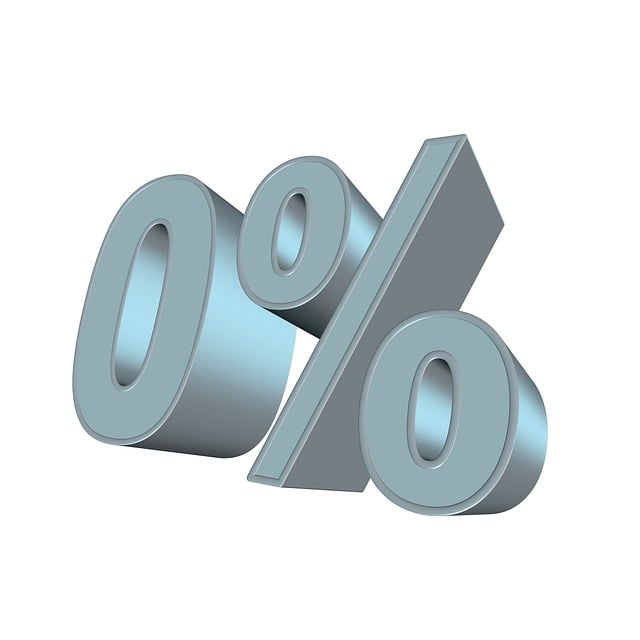Location, inventory, and economic conditions significantly impact real estate interest rates. Lower rates may reflect higher vacancy or market challenges but offer benefits like affordable mortgages for homebuyers. In the current low-rate environment, strategies include locking in fixed rates, improving credit scores, and refinancing to take advantage of favorable real estate trends.
In the dynamic realm of real estate, understanding the inverse relationship between location and interest rates is key. When prices dip lower, so do interest rates, creating an optimal environment for homebuyers. This article delves into the intricate link between real estate trends and borrowing costs, offering insights on how to navigate a low-rate market. Whether you’re a seasoned investor or first-time buyer, these strategies will help you seize opportunities in today’s competitive landscape.
Understanding the Link Between Location and Interest Rates

In the realm of real estate, it’s fascinating how location can significantly impact interest rates. The concept is rooted in supply and demand dynamics. Areas considered “higher down” often experience lower interest rates due to increased property availability and potentially lower local economic pressures. This makes these locations attractive for both buyers and lenders, as it offers a more affordable entry point into the market.
When exploring a neighborhood or city, understanding its real estate trends is key. Lower interest rates in certain areas can be a result of higher vacancy rates, less competitive markets, or even economic downturns. Lenders often account for these factors when setting interest rate policies, aiming to balance their financial health with the local market’s needs.
How Downward Trends in Real Estate Prices Impact Borrowing Costs

In the dynamic realm of real estate, downward trends in prices often have a significant ripple effect on borrowing costs. When property values decrease, lenders typically respond by adjusting interest rates to reflect the changed market conditions. This adjustment is driven by the principle that lower real estate prices indicate a reduced risk for investors and institutions offering mortgages. As a result, they may offer more competitive interest rates to attract borrowers in an attempt to stimulate the market.
For individuals looking to purchase property or refinance existing loans, these downward trends can be advantageous. Lower interest rates mean that borrowing money becomes less expensive, making it an opportune time for prospective homeowners. This shift can foster a sense of optimism in the real estate sector as it encourages more people to enter the market, potentially reversing the downward trend and revitalizing local economies through increased property transactions and investment.
Strategies for Homebuyers in a Low-Rate Environment

In an environment where interest rates are at their lowest, homebuyers have a unique opportunity to secure favorable financing for their real estate ventures. One strategy is to lock in a fixed-rate mortgage as soon as possible; this offers stability and protection against potential rate increases in the future. Additionally, borrowers should aim to improve their credit score before applying for a loan, as stronger credit can result in better terms and lower rates.
Refinancing existing mortgages is another tactic worth considering. Homeowners who have built equity over time may be able to refinance at lower rates, reducing monthly payments or even consolidating debt. It’s advisable to shop around for lenders and explore various loan options to find the best fit. Staying informed about market trends and being proactive in their approach can empower homebuyers to take advantage of this low-rate real estate climate.






